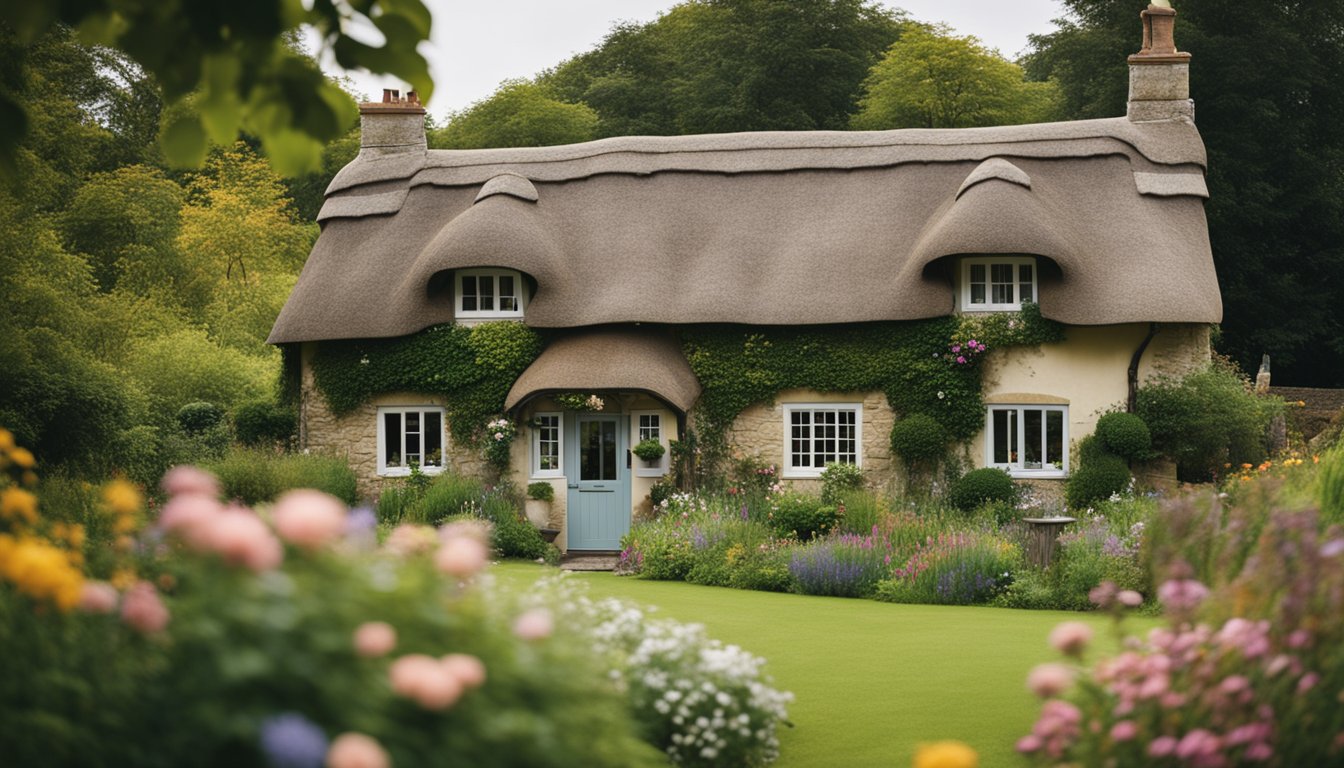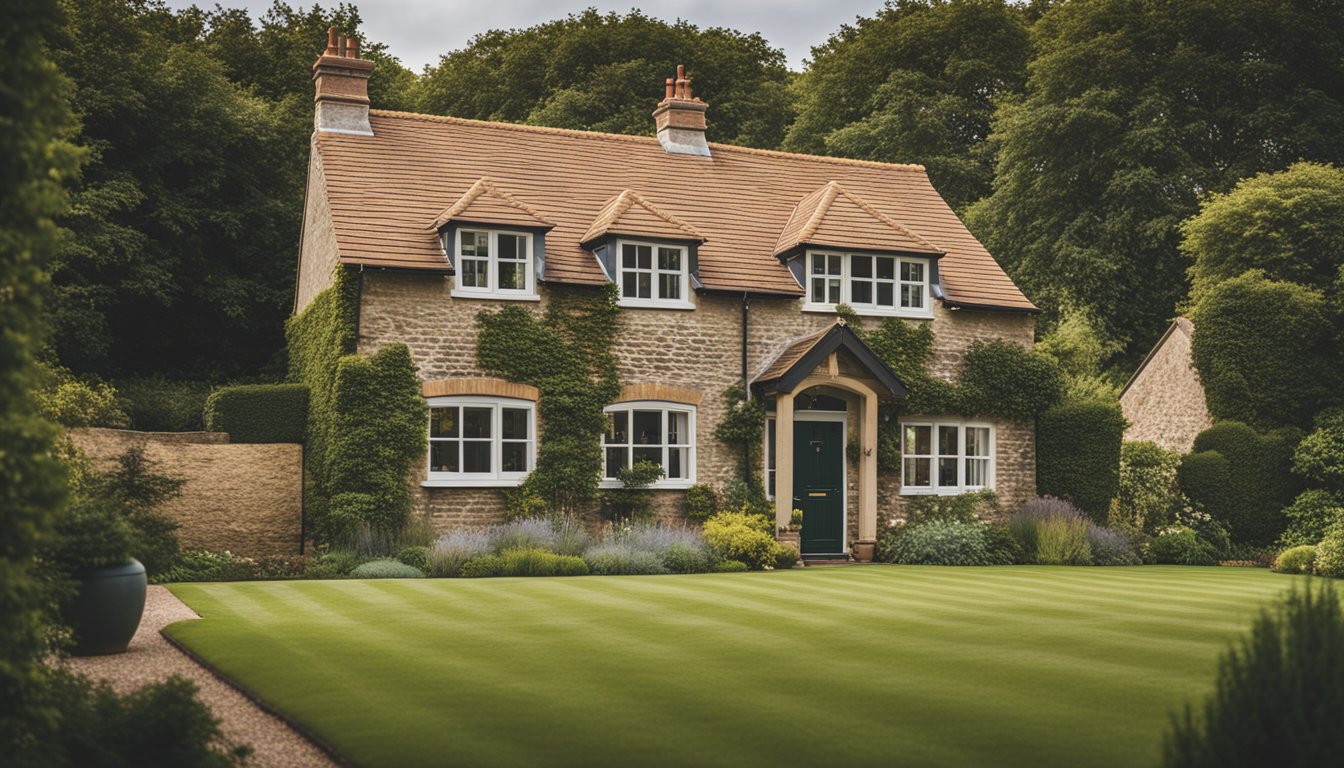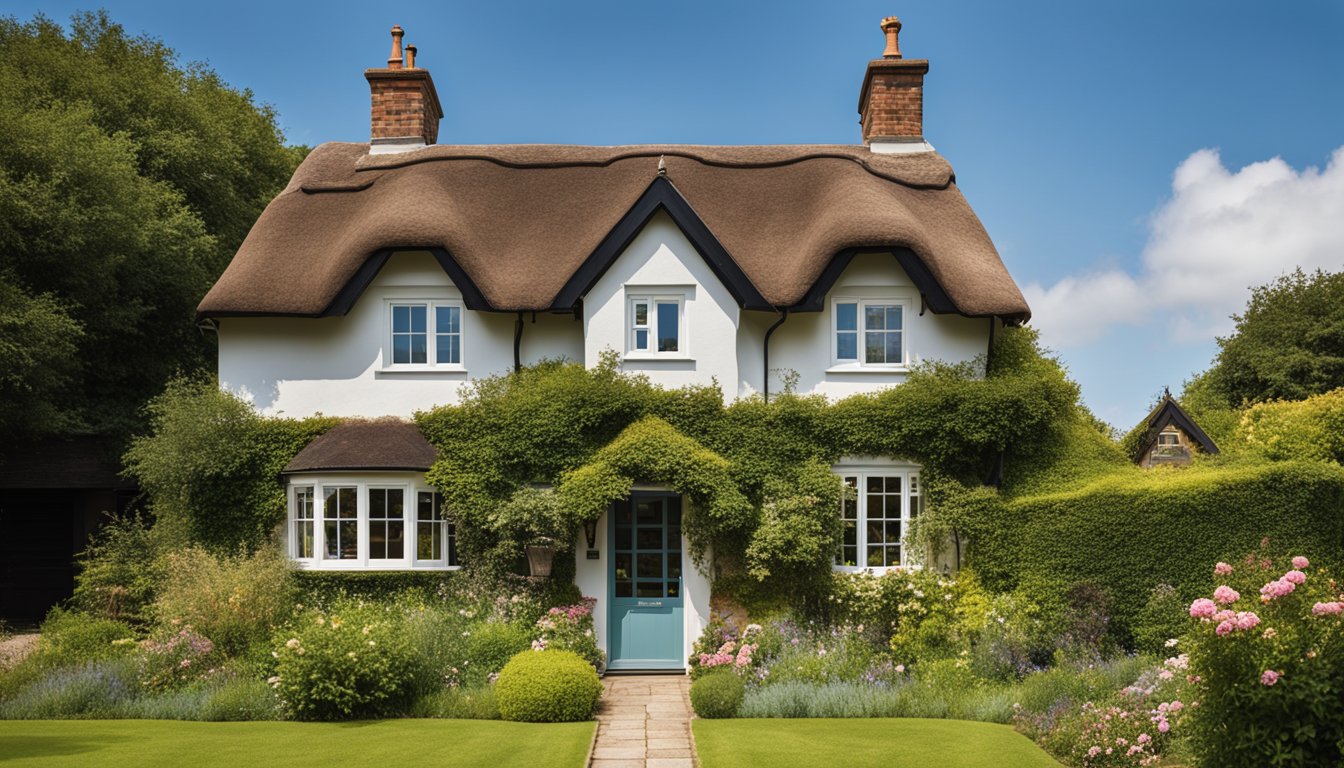Late updated: 13 Feb 2025 14:02
Written by: Oliver Bennett
Timeless Roofing Designs for Your UK Home: Enhance Aesthetic and Durability
In the world of architecture and design, few elements are as integral as the roof. Our homes need roofs that endure through time, both in terms of style and durability. It's essential that these designs not only complement the aesthetics of a UK home but also embody a blend of sustainability and energy efficiency. This is where timeless roofing designs excel, providing a solution that satisfies both character and function.

Modern UK residences embrace a variety of roofing styles, yet the enduring quality of traditional designs like the gable or cottage roof remains unmatched. These styles are revered for their versatility and ability to adapt to a changing climate, ensuring that your home remains efficient without compromising on visual appeal. This balance is crucial, as homeowners look for ways to improve their living space while also considering environmental impacts.
Exploring the wealth of timeless roofing designs offers both aesthetic and practical benefits. As we delve into the fundamentals, each design discussed will reveal how it contributes to the sustainability and value of a home. By choosing a roofing style that stands the test of time, we invest in quality and long-lasting satisfaction for our homes.
Key Takeaways
- Timeless roofing designs enhance both style and function.
- Traditional roof styles contribute to sustainability and energy efficiency.
- Investing in enduring roof designs can improve home value.
Fundamentals of Roofing Design for Sustainability and Efficiency

Sustainable roofing designs play a critical role in reducing environmental impact while enhancing energy efficiency. By selecting the right roof types, materials, and technologies, we can achieve both functional and aesthetic goals.
Exploring Roof Types and Their Functional Advantages
Different roof designs like gable, hip, mansard, and flat roofs each offer unique benefits for sustainability and efficiency. Gable roofs, with their efficient water drainage, are suitable for areas with heavy rainfall. Hip roofs offer stability and perform well in high-wind areas, increasing durability.
Flat roofs provide space for green roofs or solar panels, enhancing insulation and energy efficiency. They are ideal for urban areas needing extra outdoor space. Mansard roofs offer additional living space, perfect for maximising utility in smaller plots. These designs balance architectural style with functional advantages.
Materials and Technologies for Energy-Efficient Homes
Choosing the right materials can significantly impact the energy efficiency of a home. Insulation materials such as fibreglass or cellulose improve thermal resistance, reducing energy consumption. Advanced technologies like solar panels integrate seamlessly with modern roofing designs, providing renewable energy sources.
Sustainable roofing materials, such as recycled metal or green roofs, lower the environmental footprint and enhance durability. Solar roofing combines aesthetics with functionality, transforming roofs into energy-generating surfaces. These innovations not only contribute to energy efficiency but also establish a strong foundation for enduring sustainability.
Improving Home Value and Aesthetics with Timeless Roof Designs
Enhancing home value and aesthetics can be achieved through timeless roof designs. By balancing visual appeal with functionality and incorporating natural elements, we can create a harmonious environment. Additionally, blending traditional styles with modern roofing offers unique possibilities for a stunning finish.
Balancing Visual Appeal and Functionality
Creating a roof that is both appealing and functional is essential for its longevity and effectiveness. Various roof types, such as pitched or flat roofs, offer different advantages, particularly in flexibility and design. Achieving this balance requires careful selection of materials like natural insulation and durable roof tiles.
Design choices should reflect the homeowner’s aesthetic preferences while maintaining the structural integrity necessary for local climates. This can lead to an improved architectural design and increased curb appeal. Homeowners should prioritise functionality as well, ensuring long-term durability and resilience against the UK's unpredictable weather conditions.
Incorporating Natural Elements for Light and Ventilation
Utilising natural light and ventilation not only enhances the comfort of a home but also supports sustainability. Features like skylights and dormers can introduce abundant natural light into key living areas. This addition maximises energy efficiency, reducing the need for artificial lighting.
We must consider ventilation to promote indoor air quality and regulate temperature effectively. This can involve incorporating features that allow for passive airflow, driving down energy costs. The use of eco-friendly materials aligns with our commitment to biodiversity, integrating natural features that resonate with the environment.
Adapting Traditional Styles in Modern Roofing
Marrying traditional roofing elements with modern roof designs provides exciting results, bridging past and present. Classic materials like slate and clay tiles are renowned for their durability and timeless aesthetic. These materials can be elegantly adapted to suit modern homes without sacrificing the style they bring.
This adaptation reflects on the foundational principles of architectural design, enriching the structure's cultural essence. By embracing these traditional styles, we not only retain historical significance but also innovate new methods to improve sustainability. Incorporating these elements can enhance both the visual and functional capacity of the roof, ensuring it meets contemporary needs while respecting heritage.
Frequently Asked Questions

In our exploration of timeless roofing designs for UK homes, we've compiled answers to common questions that address preferences, materials, value, architecture, efficiency improvements, and heritage considerations.
What are the enduring roofing styles preferred in UK homes?
Timeless UK roofing styles often include slate and clay tiles. These styles have remained popular due to their traditional aesthetic and weather resilience, especially suitable for the UK's varied climate.
Which roofing materials are known for their longevity and aesthetic appeal in the UK?
Slate is renowned for its durability, often lasting over a century. Clay tiles also offer longevity, often surviving up to a century or more with proper maintenance. Both materials provide classic aesthetics that fit well with many British homes.
How does the installation of a specific roof type impact property value in Britain?
The choice of roofing can significantly affect property value, with high-quality materials like slate or clay tiles typically enhancing a home's market appeal. A well-maintained roof with a classic design may also contribute to better resale value.
What distinctive roofing designs are characteristic of traditional British architecture?
Thatched roofs and gabled styles are hallmarks of traditional British architecture. These designs are evident in historic homes, offering a nostalgic charm and a connection to local heritage, influenced by regional building materials and techniques.
Can updating the roof of a British home improve its energy efficiency?
Modern roofing technologies, such as insulated materials and reflective coatings, can greatly enhance energy efficiency in homes. Newer roof designs can help reduce heat loss in winter and minimise heat gain in summer, contributing to energy savings.
What should be considered when choosing roofing for heritage or conservation areas in the UK?
In heritage or conservation areas, it's important to select materials and designs that comply with local planning regulations. Using traditional materials and maintaining the original aesthetic ensures the preservation of historical value and community character.
